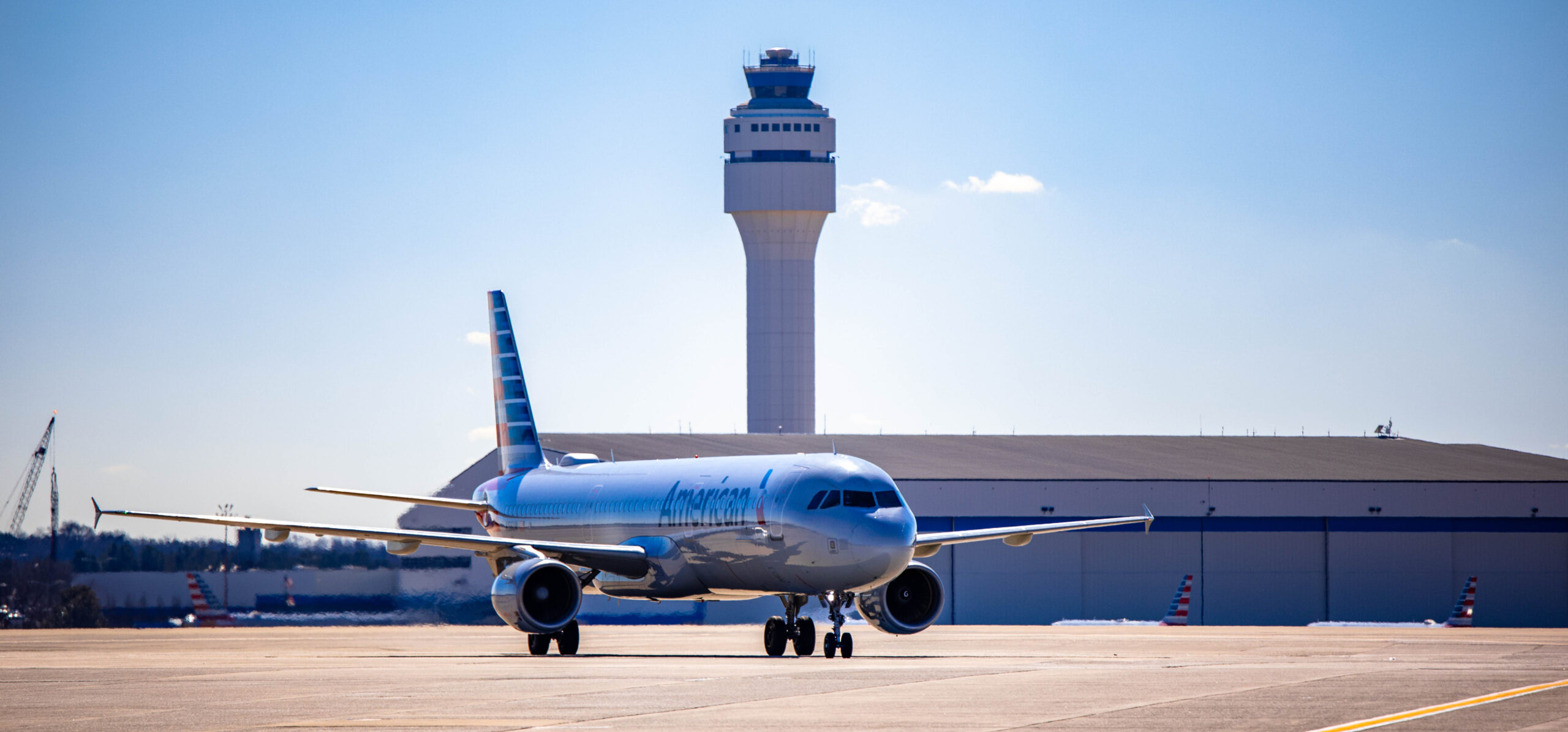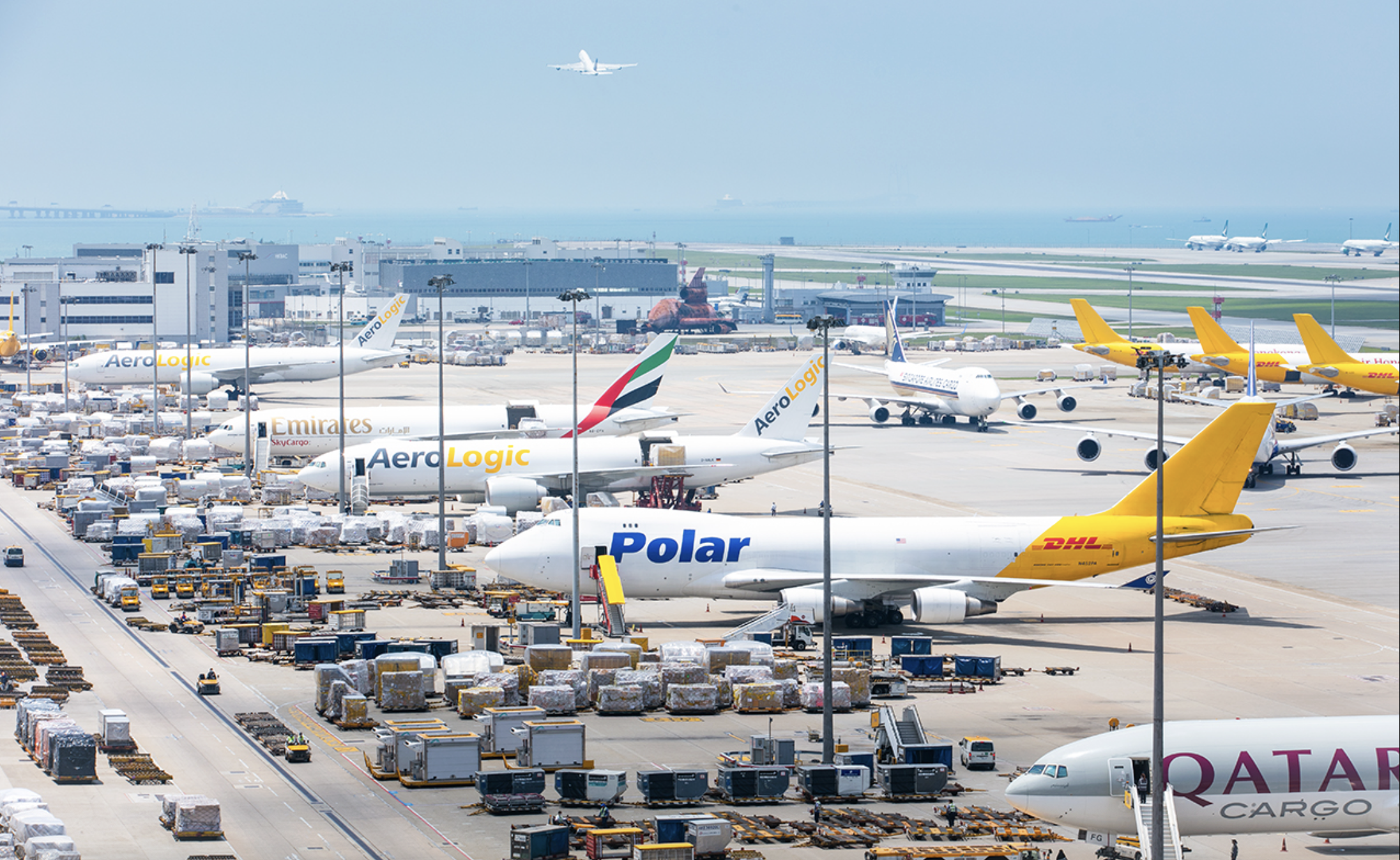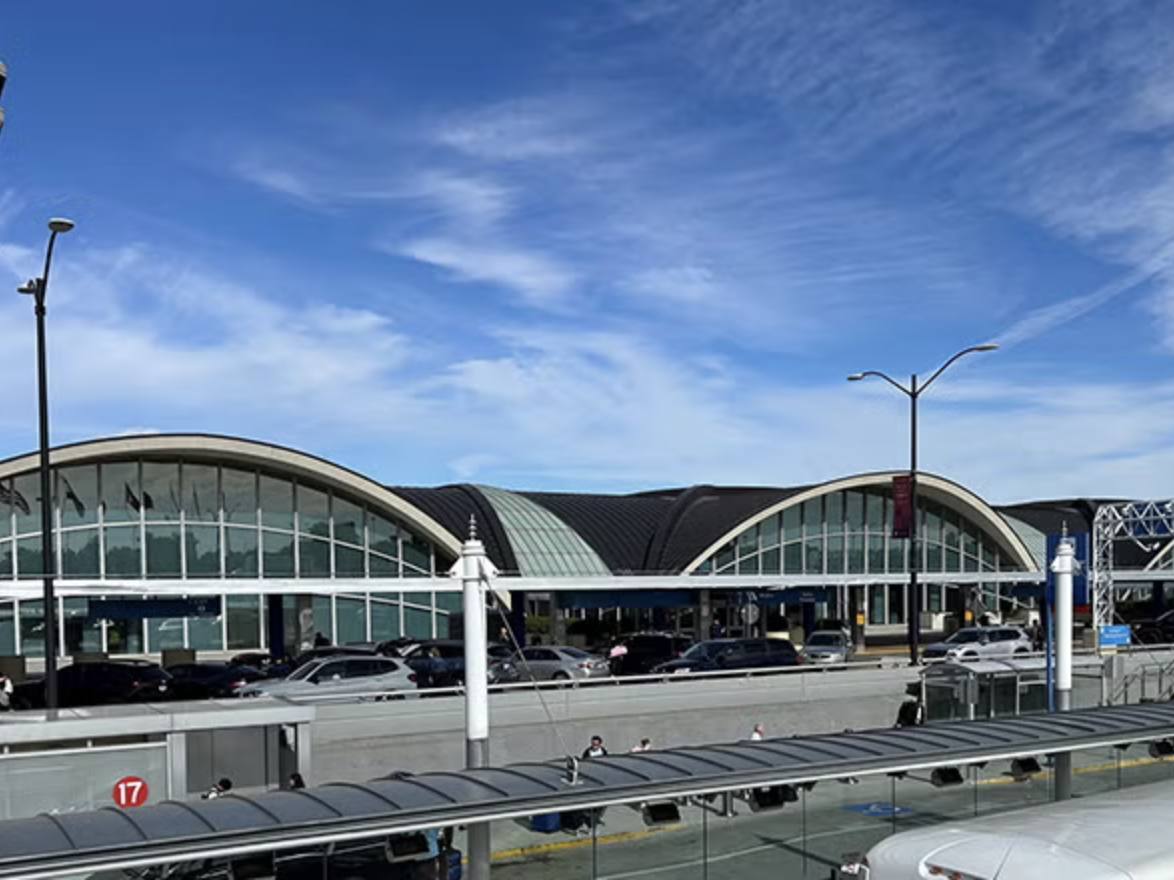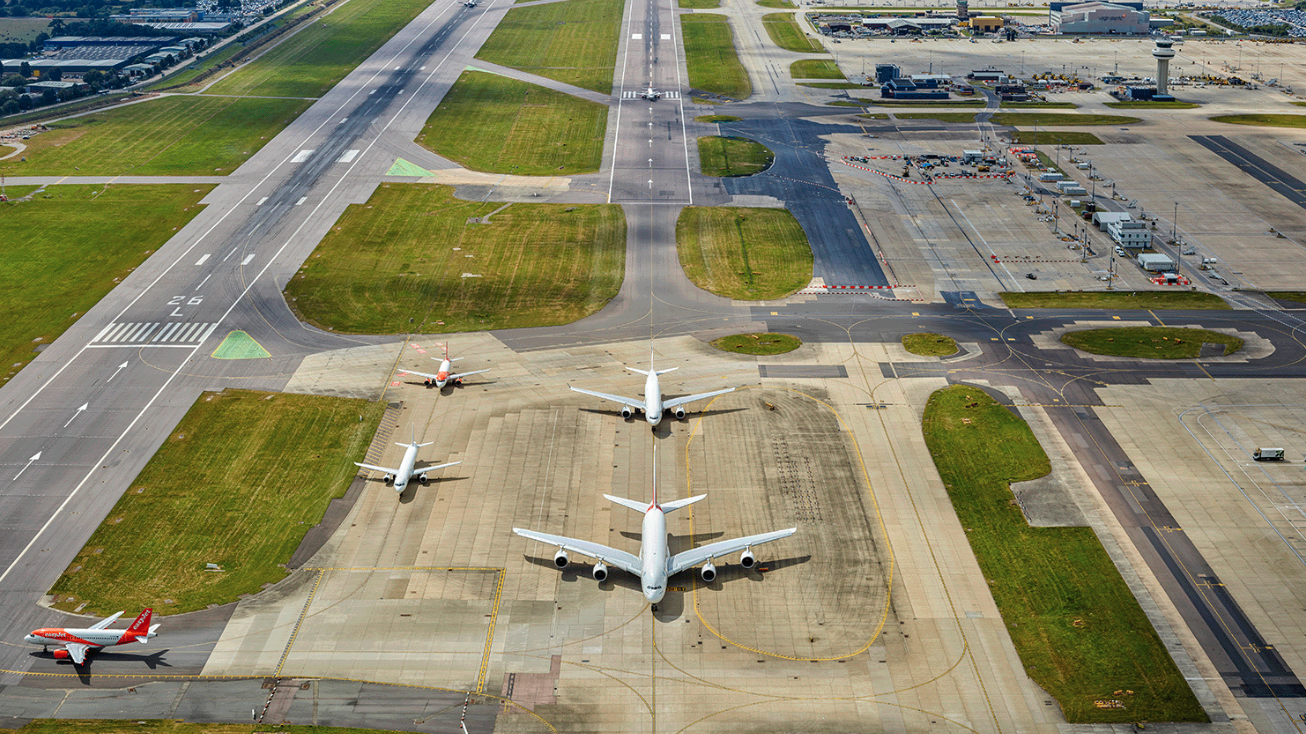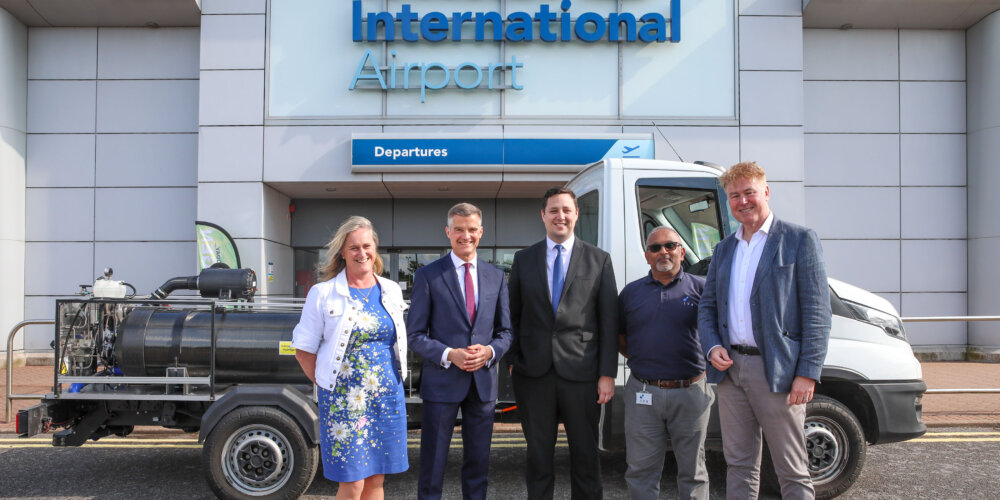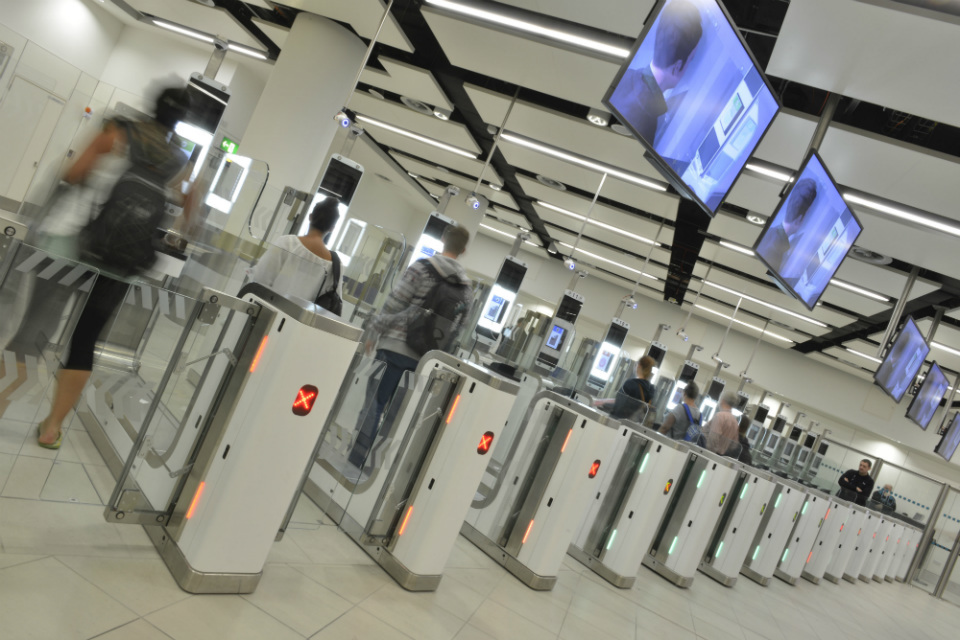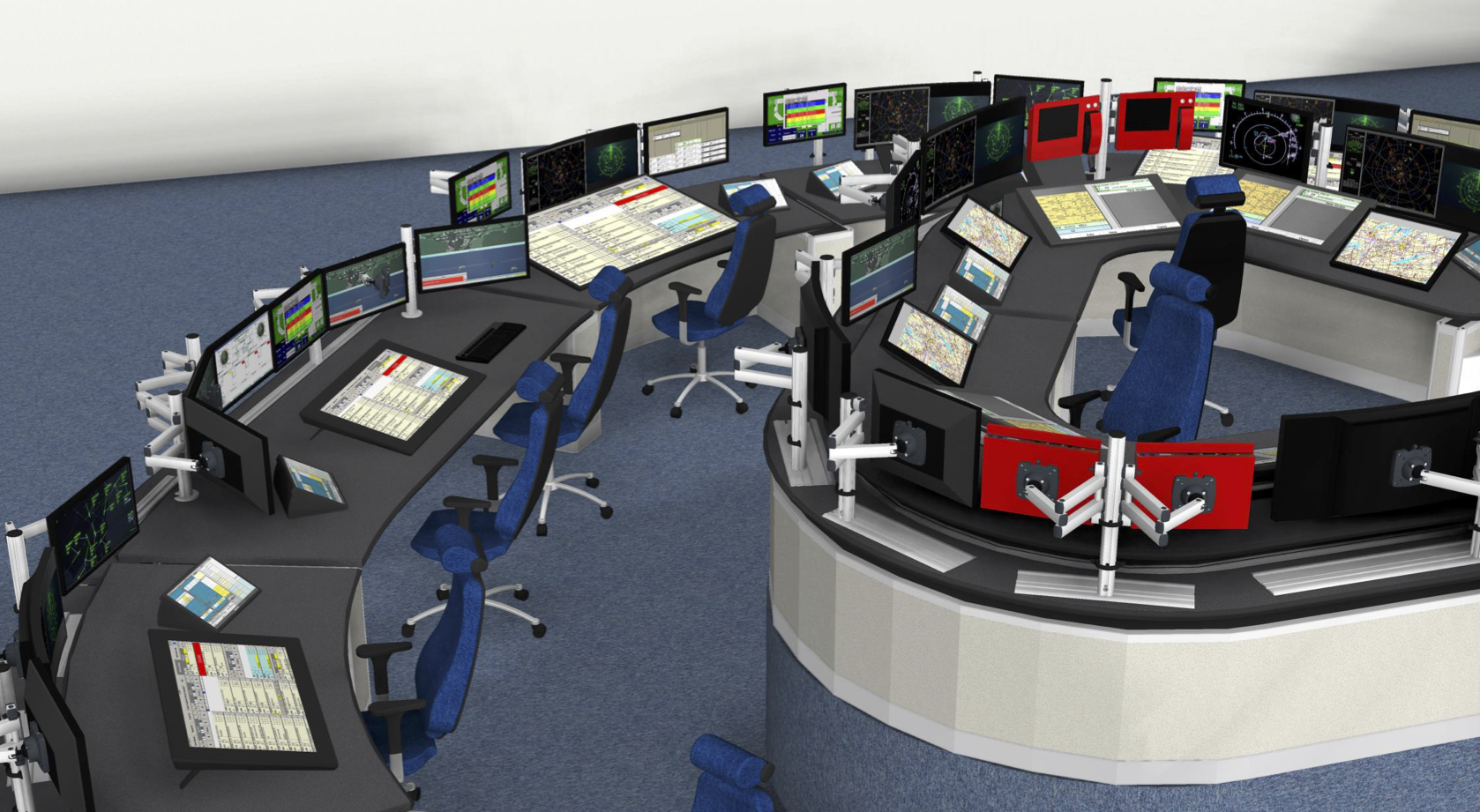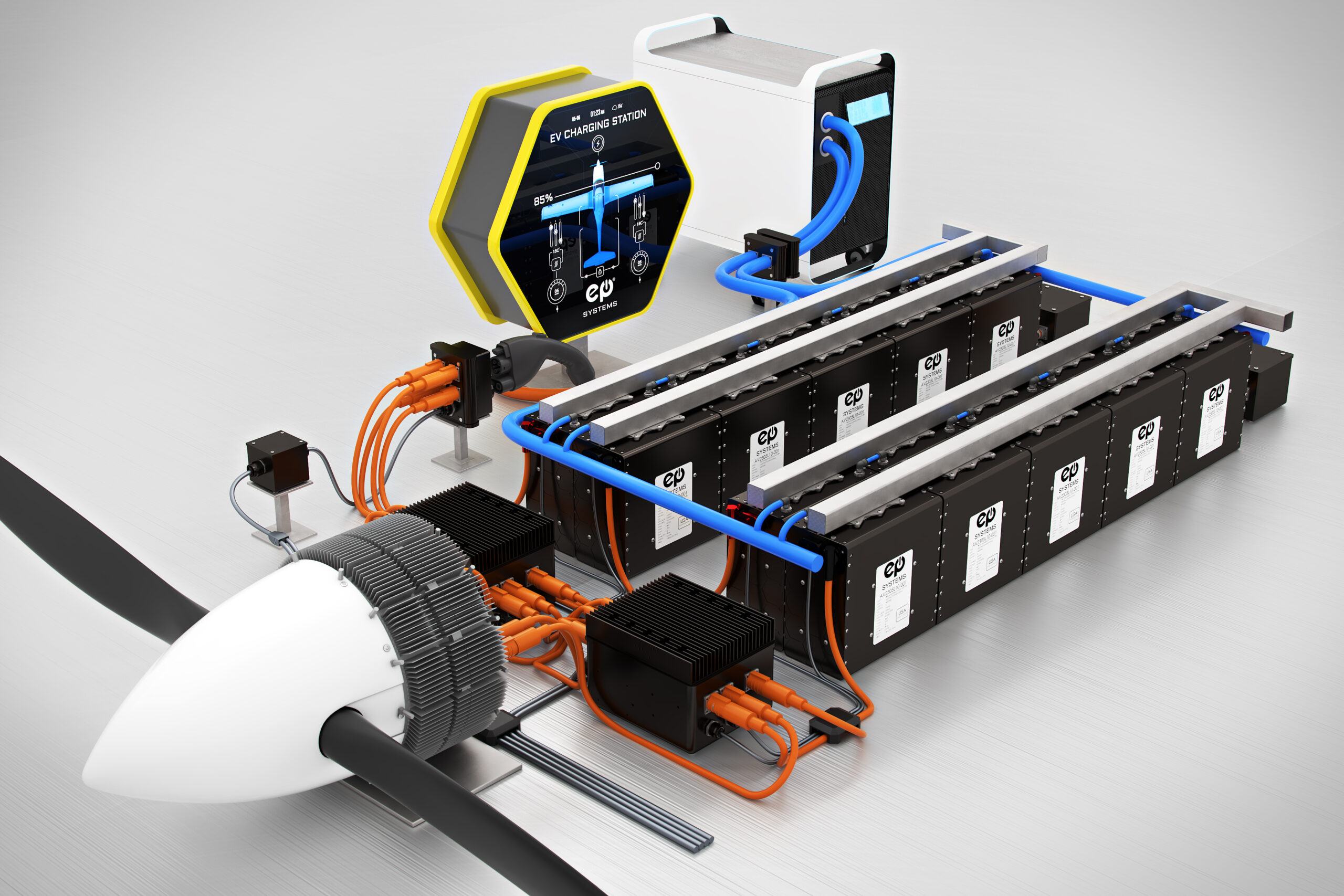London Heathrow Airport (LHR) has commenced a trial to explore the viability of using lower-carbon concrete in the airport environment.
This initiative follows the airport’s sponsorship of a PhD candidate at the University of Surrey, who completed three years of lab work on the project.
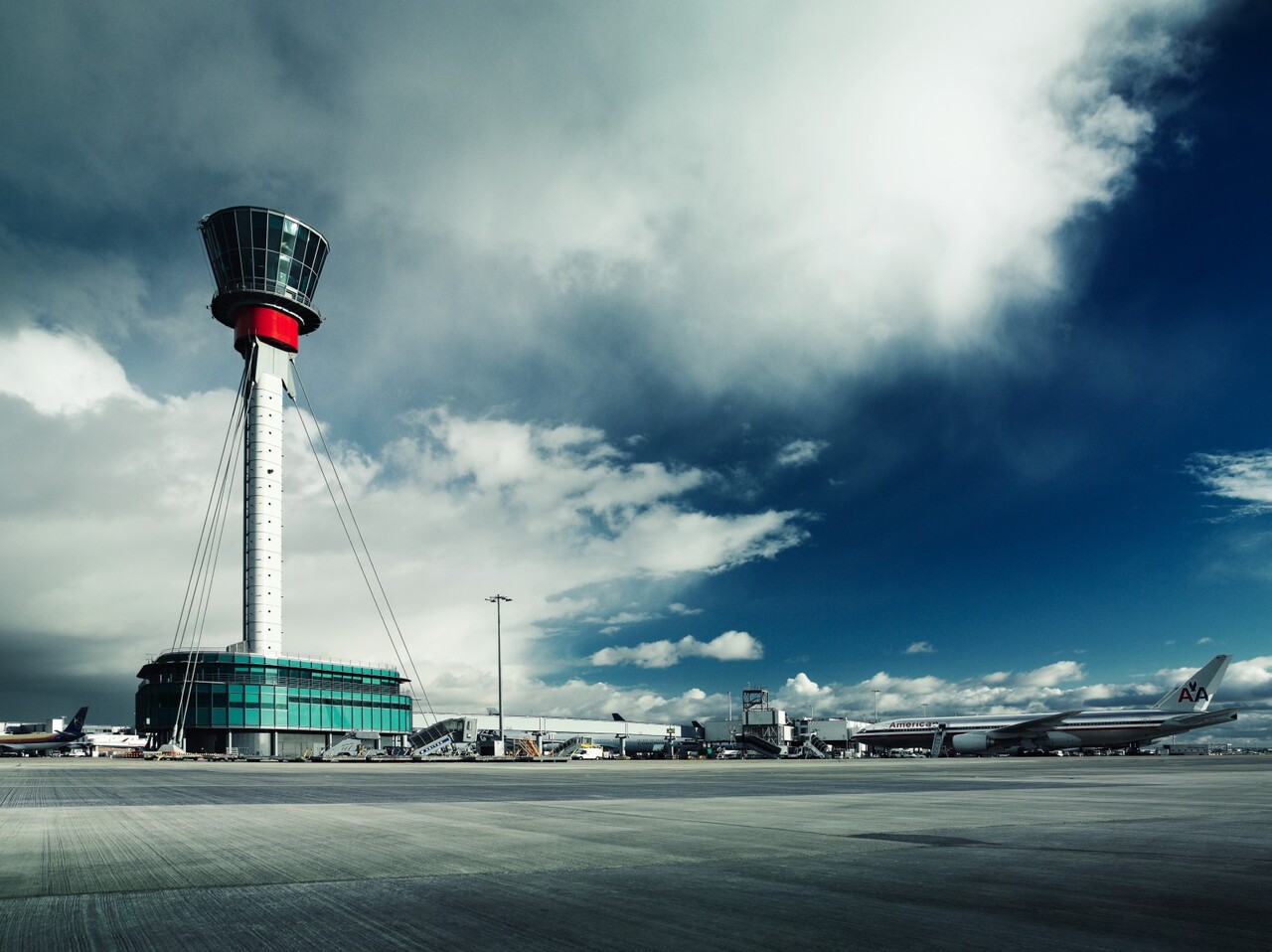
The developed concrete cuts emissions by 50% compared to conventional concrete. Its use could therefore advance LHR’s sustainability strategy to reduce emissions both on the ground and in the air.
The trial, led by Jacobs and implemented by Cemex and Ecocem, will test the durability and longevity of the lower-carbon concrete in a real airport setting.
Nigel Milton, Chief of Staff and Carbon at Heathrow said:Heathrow is once again serving as a testbed for ground-breaking technologies, demonstrating global leadership with regards to sustainable travel. We’re committed to cutting carbon emissions on the ground as well as in the air and we’re delighted to be hosting one of the first airport trials in the world to test lower carbon alternatives. I hope that this trial will help radically transform the built environment at Heathrow in the years to come.
The project will see four different applications of the concrete trialled in a pouring site close to the control tower. These applications will replicate typical airport infrastructure applications, including airfield pavements, runways and taxiways, as well as reinforced pit cover slabs and other ancillary concrete types.
Aircraft takeoff and land close to every 45 seconds at Heathrow, and it is thus crucial that the concrete undergoes rigorous testing to ensure it can withstand such pressures.
This trial is the first of several planned initiatives that will test other low-carbon concrete materials on the market. It is hoped that the outcomes of these trials will help reduce embedded carbon in a number of projects being delivered by Ferrovial Construction and Dyer & Butler at Heathrow.



